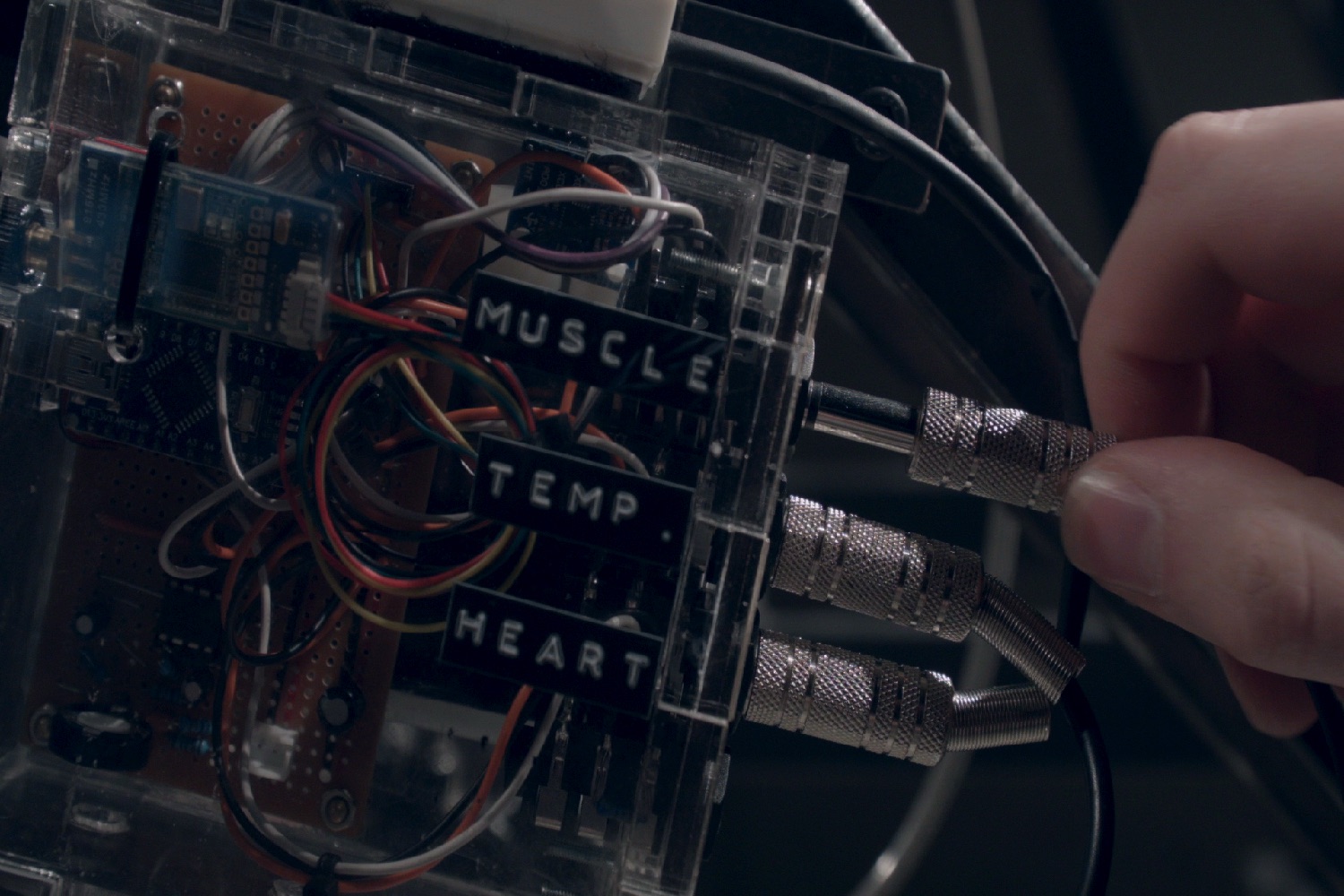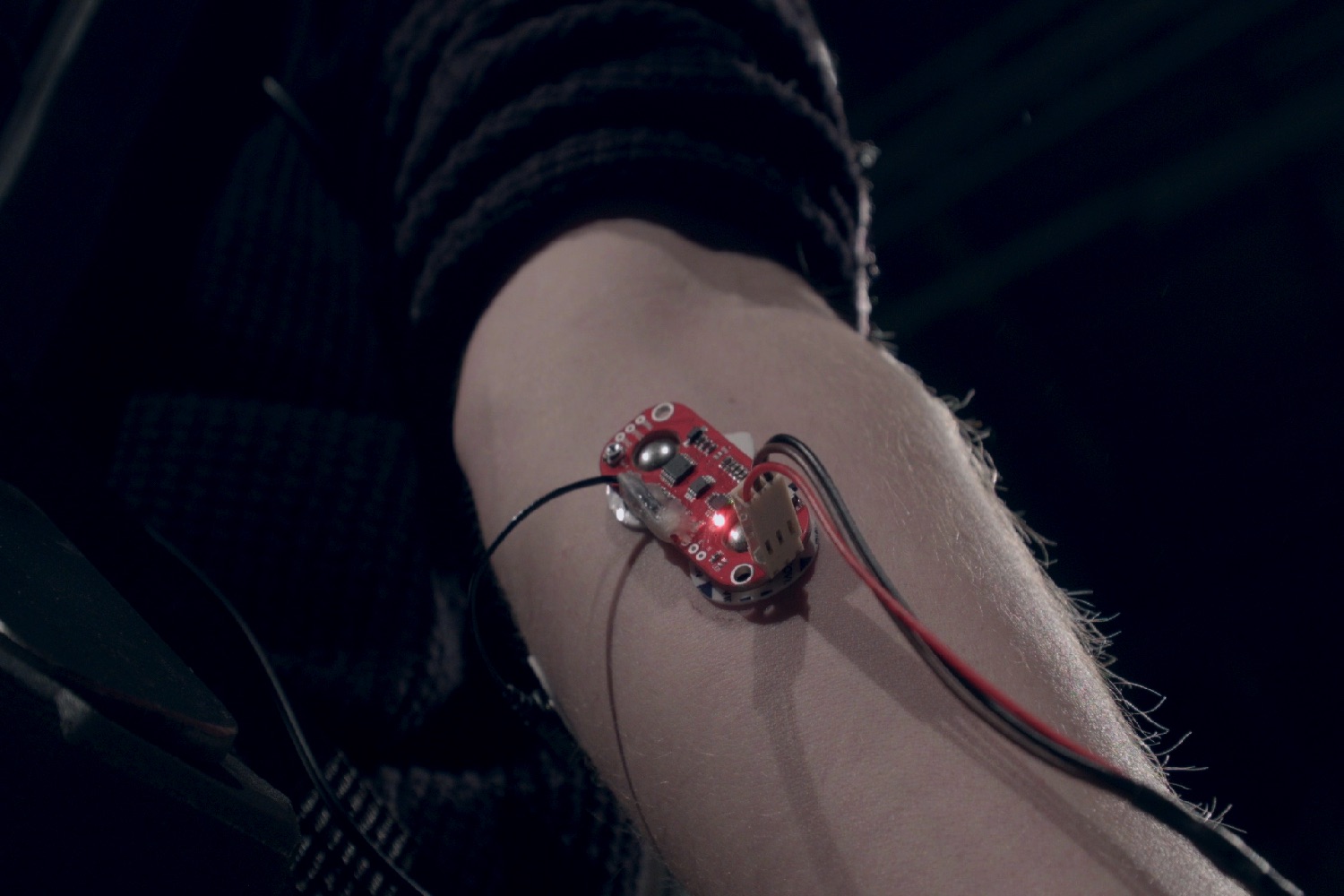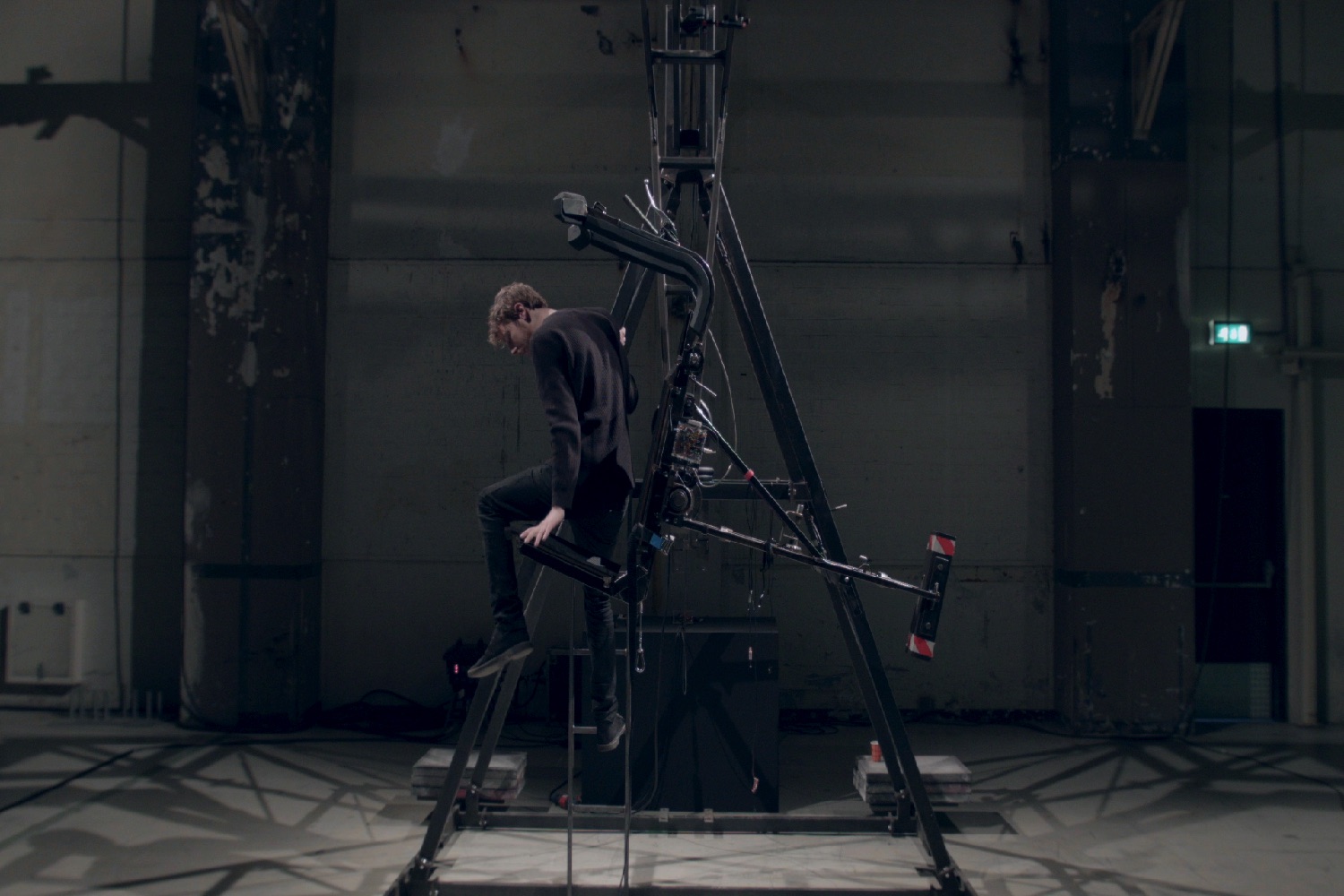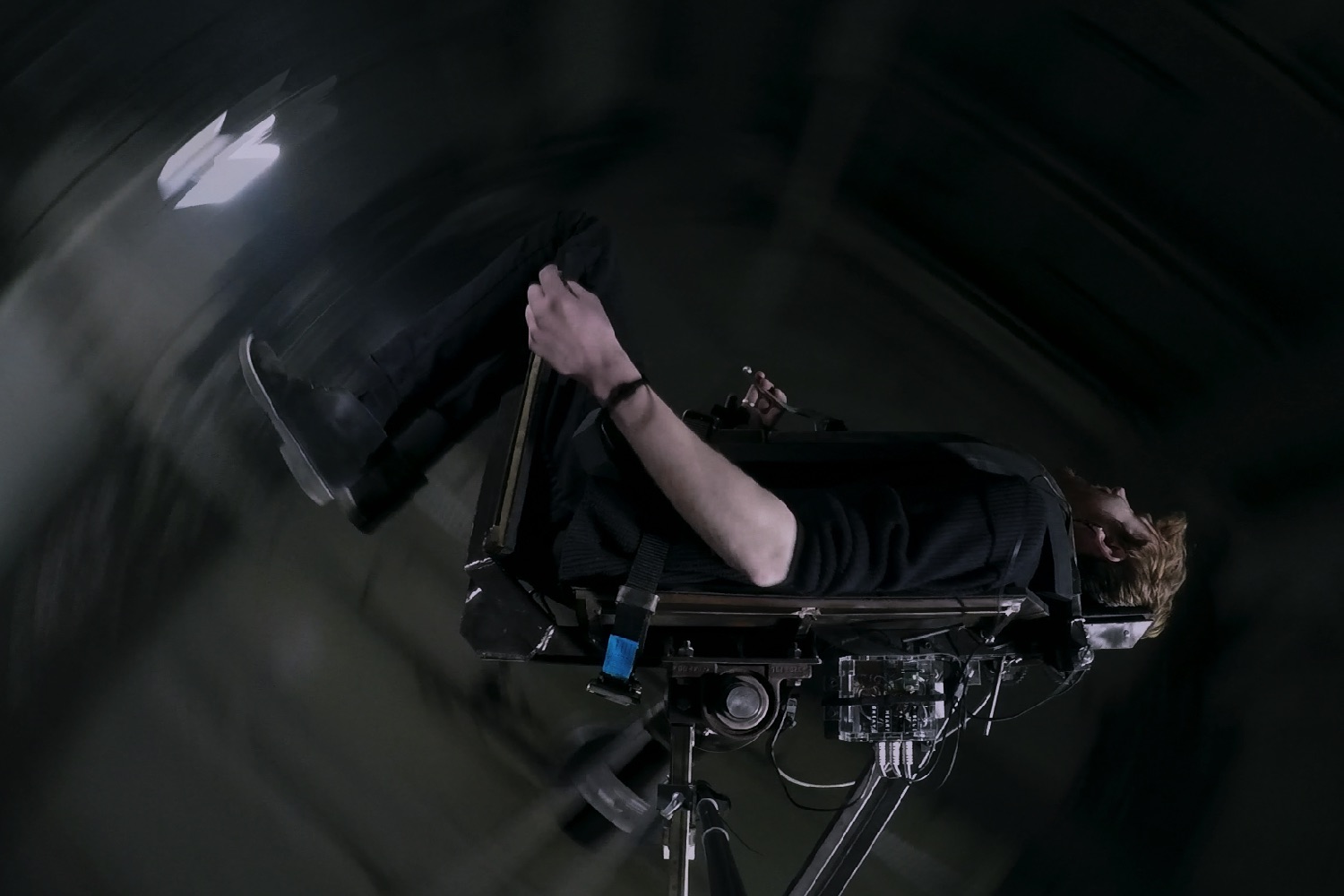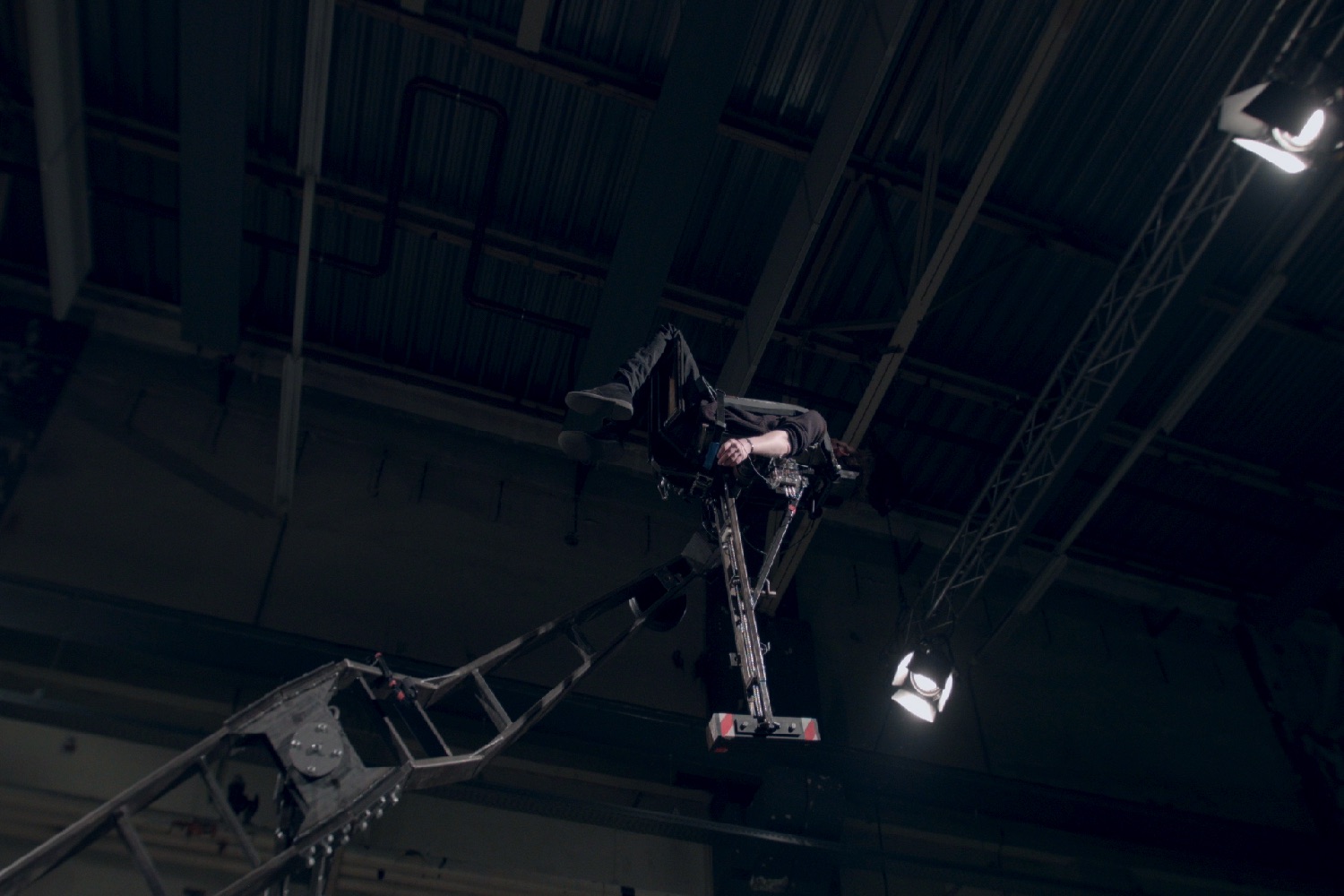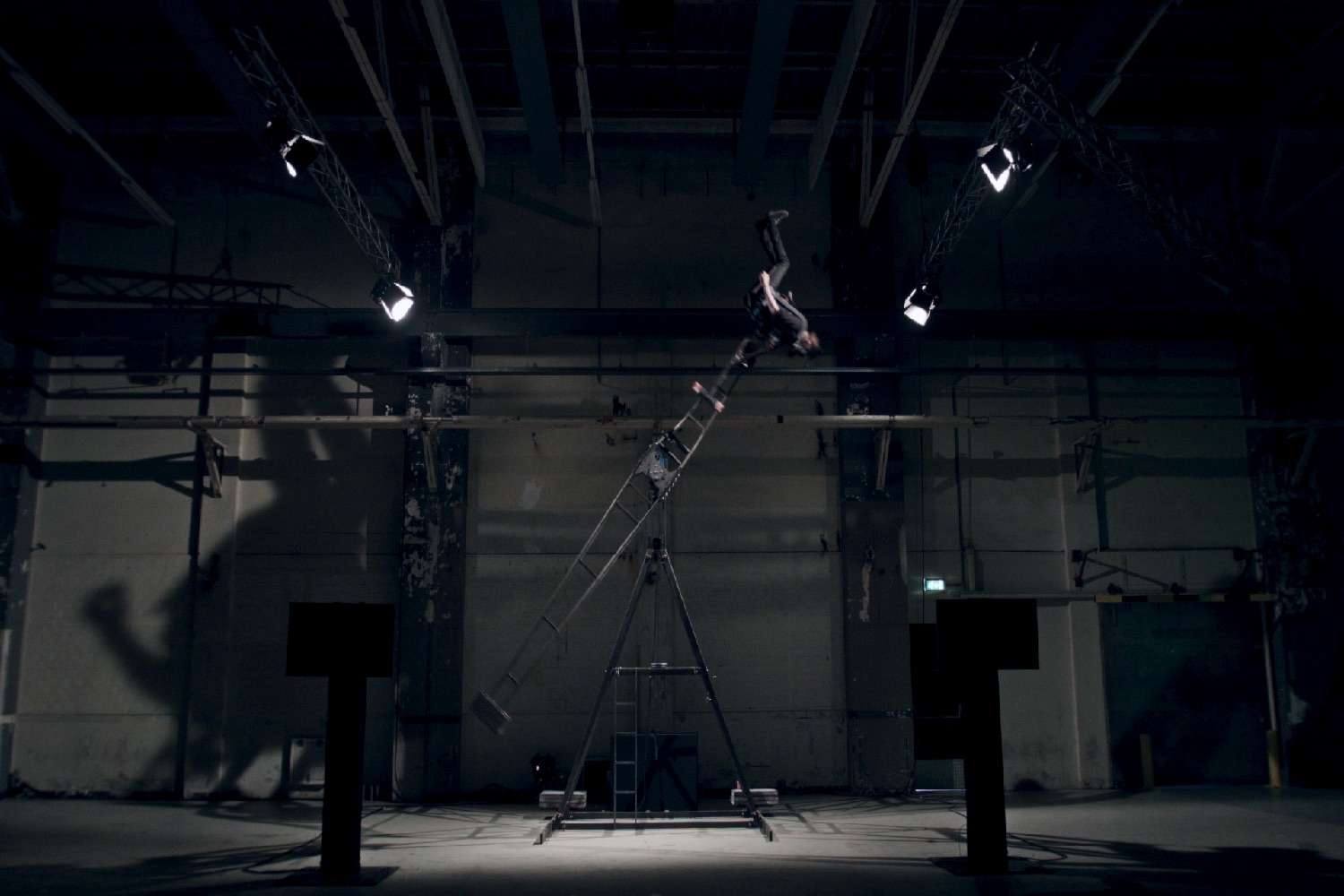But in fact, the ability to gather body-based data (and then use smart algorithms to decipher it) has a host of intriguing applications — as Netherlands-based artist and product designer Daniël de Bruin is out to prove. De Bruin recently demonstrated this when he debuted an innovative art installation/medieval-style torture apparatus/amusement park ride called the Neurotransmitter 3000.
“When I sit the machine, I put on three sensors: a heart rate sensor on my ear, a sensor that measures the muscle tension in my left arm, and one that measures my body temperature,” he told Digital Trends. “The data is then sent wirelessly to a computer for processing, and then relayed to the machine’s motor. When my heart rate is slow, the machine goes at full speed. When it increases, such as when I get nauseous or dizzy, the machine senses this and slows down.”
As you can see from the video, the vomit-inducing, 23-foot tall ride functions a bit like a more fearsome fairground wheel. One motor sends de Bruin in big vertical rotations, while a counterweighted seat rotates him as well. Basically, it’s the most literal type of feedback loop imaginable — or a feedback loop-in-a-loop-in-a-loop, if you want to get technical about it.
This month, de Bruin showed his creation off in public for the first time. “I’ve only done one exhibition so far, but that was 6 or 7 days, during which I did about 20 performances,” he continued. “I was dizzy all week, it was quite hard on my body.”
While de Bruin categorizes himself as an artist, he’s one of a growing number of artists who view themselves as having a strong connection with STEM subjects like engineering. “I view art and science as being very close together,” he said. “In both, you’re always trying to come up with new ideas and solutions. My work is really about art and science together.”
He also noted that he’s interested in developing the tech for industrial applications. “You could imagine this being used in amusement parks, for example,” he said. “It would be really cool to have people more connected with the rides they’re on. Based on their experiences, the rides could change.”
Just so long as we get to see someone else riding it before we have to get on!
